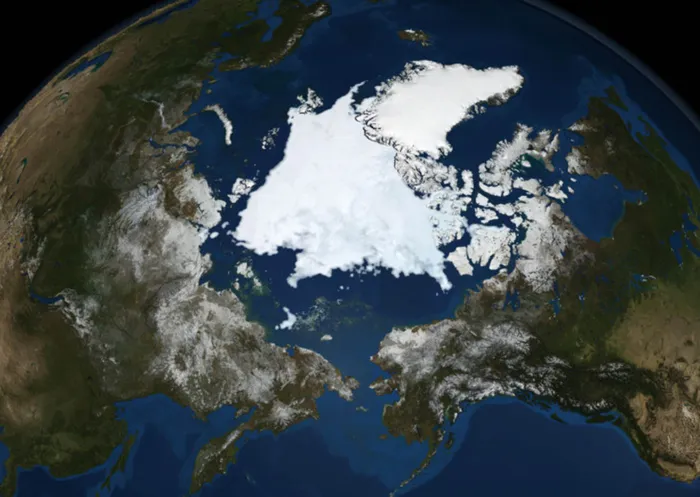Nasa launches daily earth-selfies

It could be called the ultimate selfie – a daily photograph of our planet Earth.
This week Nasa launch a website where anyone with access to the internet can see a sequence of colour images of the Earth slowly rotating, showing the whole planet over a day. The shots are taken by a Nasa camera 1.6 million kilometres away, set on the deep space climate observatory (DSCOVR) spacecraft, a partnership between Nasa, the US National Oceanic and Atmospheric Administration (NOAA) and the US Air Force.
The images are taken between 12 and 36 hours before they are able to be seen on the website, and shot by Nasa’s Earth polychromatic imaging camera (Epic).
While space enthusiasts might simply enjoy the daily view of our planet, Nasa said the primary objective of NOAA’s DSCOVR mission was to get real-time solar wind monitoring, critical for the accuracy of the organisation’s space weather alerts and forecasts. Nasa has instruments on board the spacecraft which allow scientists to study daily variations over the entire planet of features like cloud height, vegetation, ozone, aerosols and reflectivity.
Nasa said because Earth was very bright in the darkness of space, Epic needed to take very short exposures of between 20 to 100 milliseconds. This meant the stars in the background, which were much fainter than Earth, could not be seen.
Nasa said it used the vantage point of space to increase its understanding of planet Earth and to develop new ways to study inter-connected natural systems. The agency shares this information with institutions around the world to gain new insights into how the planet was changing.
Probably the most famous photograph of the planet, the “Blue Marble”, was taken in 1972 by the crew of the Apollo 17 spacecraft about 45 000km from Earth.
Nasa archivist Mike Gentry is quoted as saying that the Blue Marble is among the most widely distributed images in human history. Gregory Petsko said because it was released during a surge in environmental activism during the 1970s, it became a symbol of the environmental movements as a depiction of the Earth’s “frailty, vulnerability and isolation amid the vast expanse of space”.
Nasa said the first images of Earth from outside our atmosphere were taken in 1946 when cameras were mounted onto V-2 rockets, which reached an altitude of just over 106km. A 35mm movie camera took images every 1.5 seconds and when the V-2 crashed back to Earth, the camera was destroyed on impact, but the film cassette survived.
To see the daily images of Earth, visit: http://epic.gsfc.